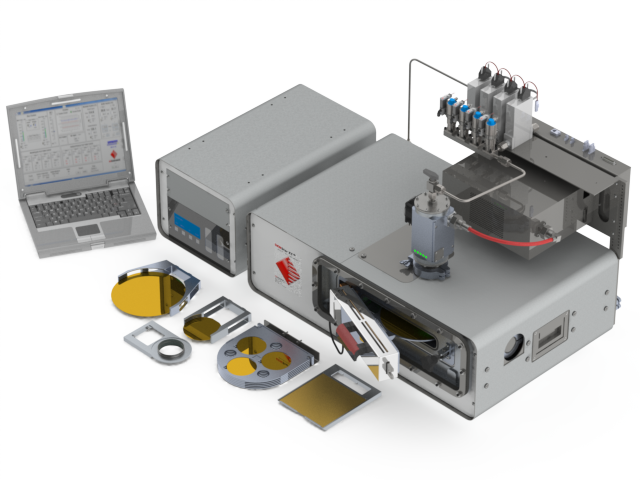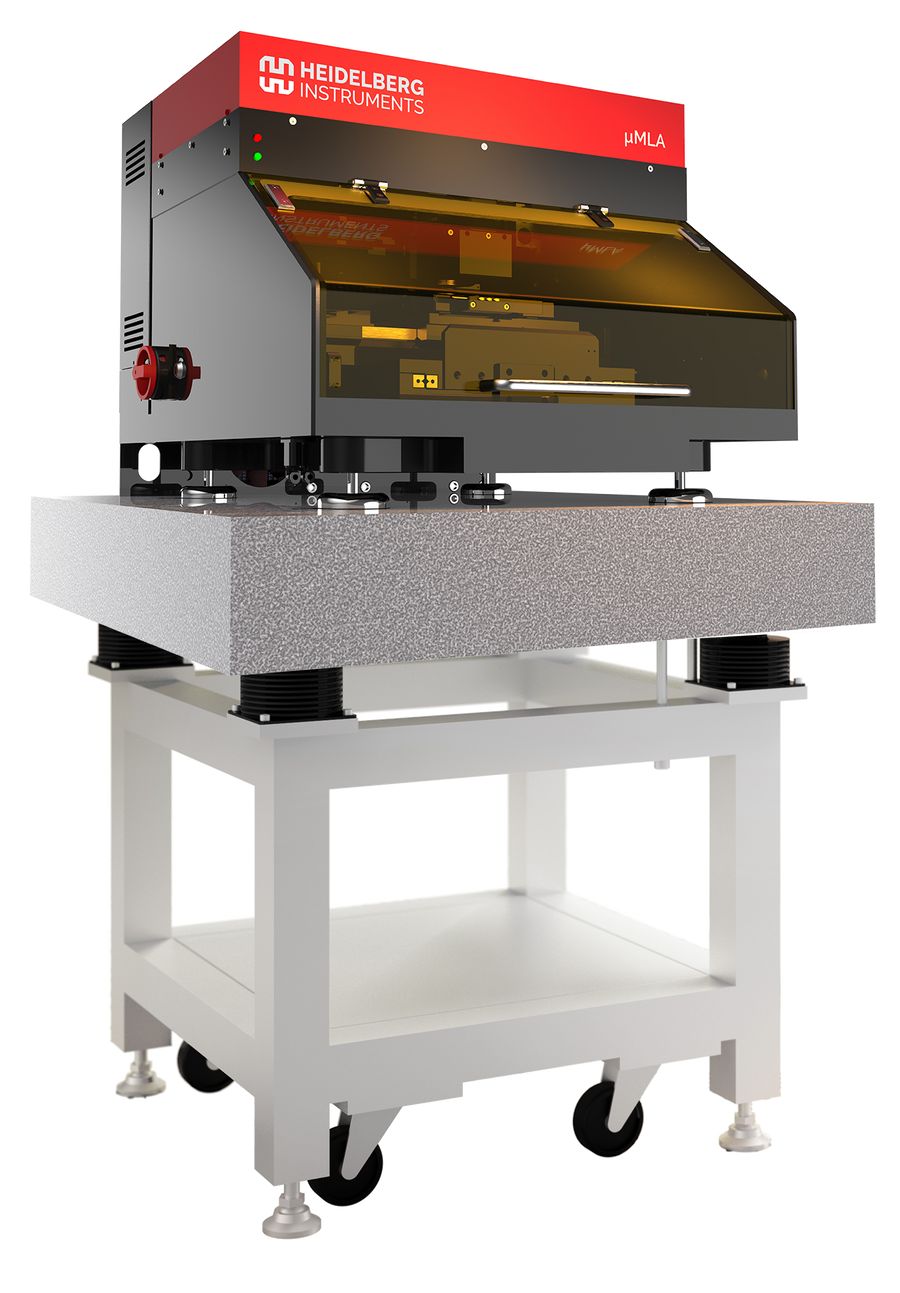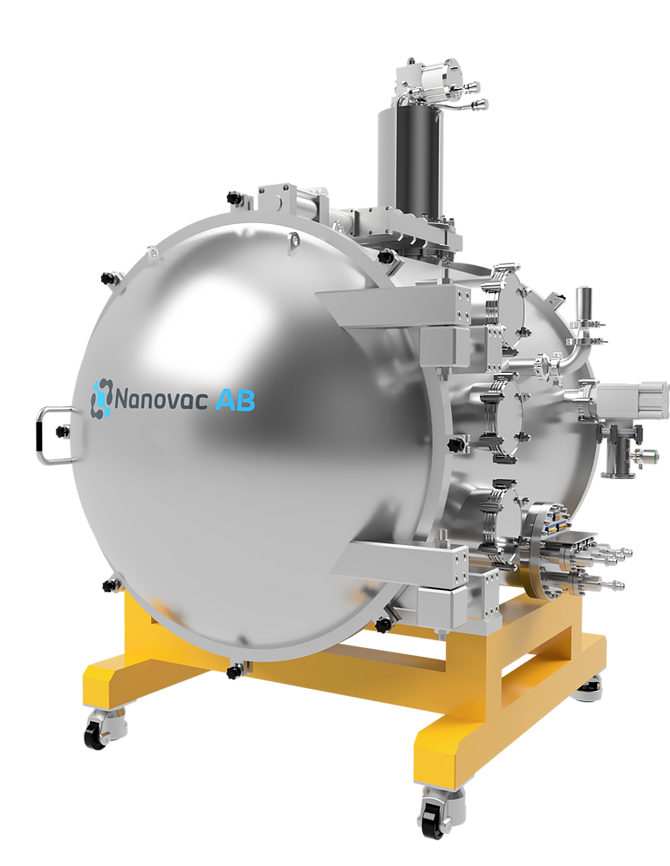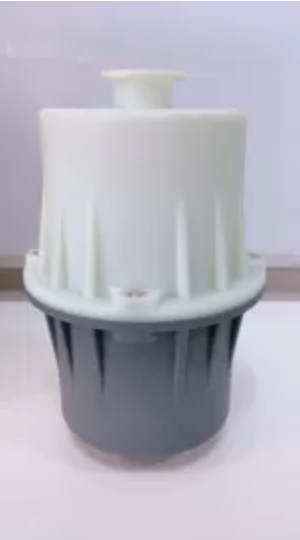Top 3 Steps for Surface Relief Gratings
3 critical factors during Etching Slanted Features
In Manufacturing slanted surface relief gratings (SRGs) tight control over manufacturing tolerance is required to deliver the simulated optical efficiency of the waveguide design by the fabricated product.
Oxford Plasma Technology is sharing with us the top 3 factors to consider in achieving high quality slanted features.
1. Define angle and control parallelism
In slanted structure, the process is highly dependent on ion deflection and may lead to an asymmetric etching and loss of control over the angle.

Among all techniques, Ion beam etching operates at much lower gas pressures and therefore, lower gas scattering and higher profile control. Ion beam etching in known as the best in providing physico-chemical etch directionality.
2. Uniform processing area
The target uniformity across the wafer is defined by the requirement of the application which includes the waveguide size, and number of waveguides per wafer.
The design on the etching reactor affects the target uniformity across the full wafer such as large edge exclusion which results from non-uniform ion distribution.
During dry etching at an angle, the distance from ion source effects the etching depths. To solve this issue manufacturers need to manipulate the distribution of ions for correction of the non-uniformity.

AR grating for SRGs
3. Suitable mask
The periodicity changes in various applications. For example, in the augmented reality headset, the typical period for waveguide combiners is around λ/2 to λ which results in groove around 100 to 200nm which requires the application of finer lithography equipment such as E beam lithography or Nano imprinting. To avoid defects during the process a defined mask structure is essential. SEM characterisation is a way for imaging the mask. However, the full wafer evaluation is required. During slanted etching process an optimum yield can be achieved by characterising the profile of the mask.
Reference: Top 3 Steps for Surface Relief Gratings by Oxford Instruments





